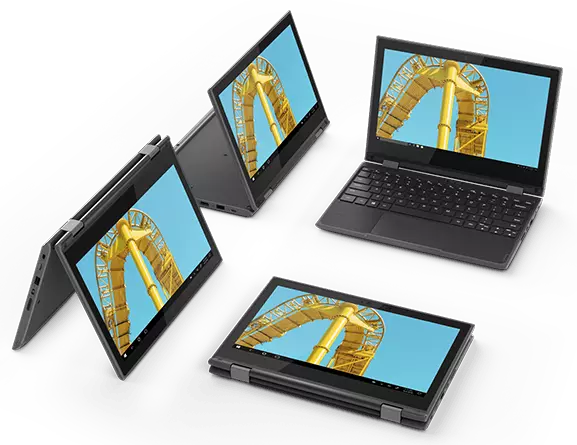Intercontinental Kubernetes Cluster: Lessons Learned
Published on
Two years ago, I started building a Kubernetes cluster. Because I wanted it to be highly available, I decided to make sure the nodes were on different internet connections. Because I like owning my data, I wanted these locations to be my home or the homes of trusted family members.
This means I ended up with nodes:
- At my home in Germany
- At my mother’s home in the US
- At my fiancée’s mother’s home in the US
all connected to residential internet connections from different providers.
And then, because I wasn’t content to deal with availability zones and data replication, I made this all one cluster. For those of you who aren’t already looking at me like I’m nuts: This is nuts.
In standard production deployments, one usually has services replicated both within availability zones and between availability zones. In theory, this means that you can arbitrarily restart running pods within a zone (eg: to upgrade something to a new version) and are resilient …
